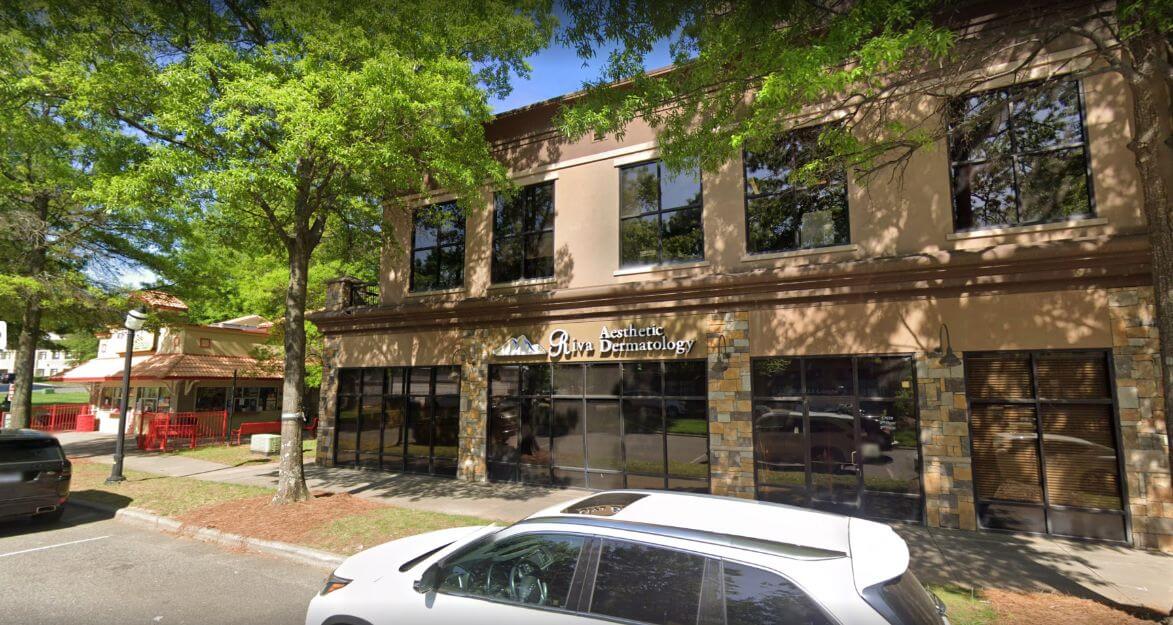Seborrheic Keratosis
Understanding Seborrheic Keratosis
Seborrheic keratosis lesions are not cancerous and usually do not require treatment unless they become irritated or you choose to remove them for cosmetic reasons. The growths tend to increase with age and may be hereditary.
Professional Seborrheic Keratosis Removal at Riva Dermatology
Riva Dermatology offers safe and effective removal options for seborrheic keratosis, including cryotherapy, laser treatment, and curettage. Our dermatologists ensure that your skin remains healthy and looks its best.
Examples of Seborrheic Keratosis
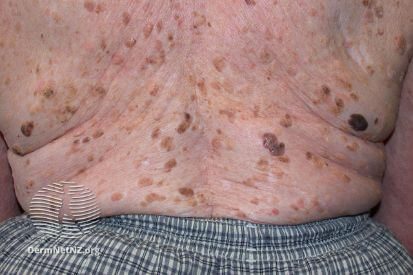
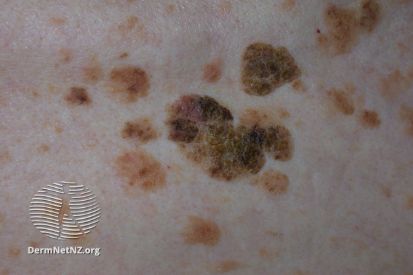
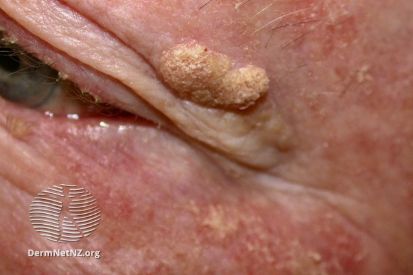
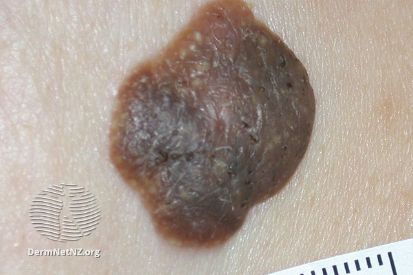
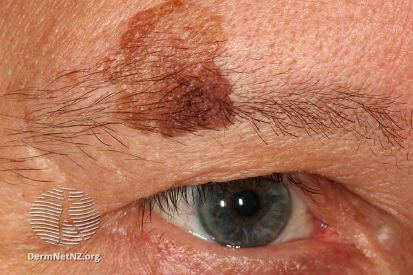
What is Seborrheic Keratosis?
- Benign growth that typically emerges in brown, black, or yellow tones.
- These lesions, singular or grouped, can appear flat or slightly elevated on the skin.
- They are commonly mistakenly identified as warts due to their resemblance.
Causes of Seborrheic Keratosis:
- Age and Genetics: Seborrheic keratosis is more common with age and tends to run in families.
- Sun Exposure: Prolonged exposure to the sun's ultraviolet (UV) rays may contribute to the development of seborrheic keratosis.
- Friction and Rubbing: Areas subject to frequent friction or rubbing, such as clothing folds, may be more prone to these growths.
- Non-Cancerous Nature: Seborrheic keratosis is a benign skin growth, not associated with cancerous changes.
How to Prevent Seborrheic Keratosis
Sun Protection: Given the potential link between sun exposure and seborrheic keratosis, protecting the skin from harmful UV rays is crucial. Regular use of sunscreen with adequate sun protection factor (SPF) and wearing protective clothing can mitigate the impact of ultraviolet radiation.
Hygiene and Skincare: Maintaining good skincare practices can be beneficial such as gentle cleansing routines, moisturizing, and regular dermatologist visits.
Genetic Awareness: Since there is a familial predisposition to seborrheic keratosis, individuals with a family history should remain vigilant. Regular skin checks and early consultation with one of our dermatologists can aid in timely detection and management.
Healthy Lifestyle: Embracing a healthy lifestyle with a balanced diet, regular exercise, and avoiding tobacco can promote overall well-being, potentially influencing skin health.
While these measures may support skin health, seborrheic keratosis remains challenging to prevent entirely, as genetic factors and aging are significant contributors. Regular at-home skin checks, annual Total Body Skin Exams, and bringing attention to any suspicious growths are crucial for early detection and treatment.
Seborrheic Keratosis FAQs
Seborrheic keratosis is a common, benign skin growth that appears as a brown, black, or light tan bump with a waxy, scaly, or slightly elevated appearance.
No, seborrheic keratoses are harmless and non-cancerous. They do not require treatment unless they become irritated or you wish to remove them for cosmetic reasons.
Treatment options include cryotherapy (freezing), curettage (scraping), laser therapy, or electrosurgery. Our dermatologists at Riva Dermatology can recommend the best treatment for you.
There is no known way to prevent seborrheic keratoses, as they tend to increase with age and may be hereditary. Regular skin checks can help monitor any new growths.
A dermatologist can accurately diagnose skin growths. If you notice changes in size, color, or texture, or if a growth becomes symptomatic, seek a professional evaluation.
How to Treat Seborrheic Keratosis
If a seborrheic keratosis becomes irritated or unsightly, removal is conducted using one of these three methods:
- Cryosurgery: freezes off the growth using liquid nitrogen.
- Curettage: the dermatologist scrapes the growth off the surface of the skin.
- Electrocautery: used alone or in conjunction with curettage to burn off the tissue and stop the bleeding.
Featured Products for Seborrheic Keratosis

EltaMD AM Restore Moisturizer
EltaMD AM Restore Moisturizer moisturizes while it smoothes skin texture and evens skin color and tone. This lightweight moisturizer stimulates the skin’s natural water system to moisturize without oil or heavy emollients. Hyaluronic acid helps increase moisture absorption and retention. 1.7 oz / 47 g

EltaMD UV Pure SPF 47
For those who want chemical-free active ingredients, EltaMD UV Pure is the ideal daily sunscreen. Great for children and adults, the gentle formula glides on wet or dry skin and rubs in quickly. UV Pure is formulated with purely physical active ingredients which are photostable. 4 oz / 114 g

